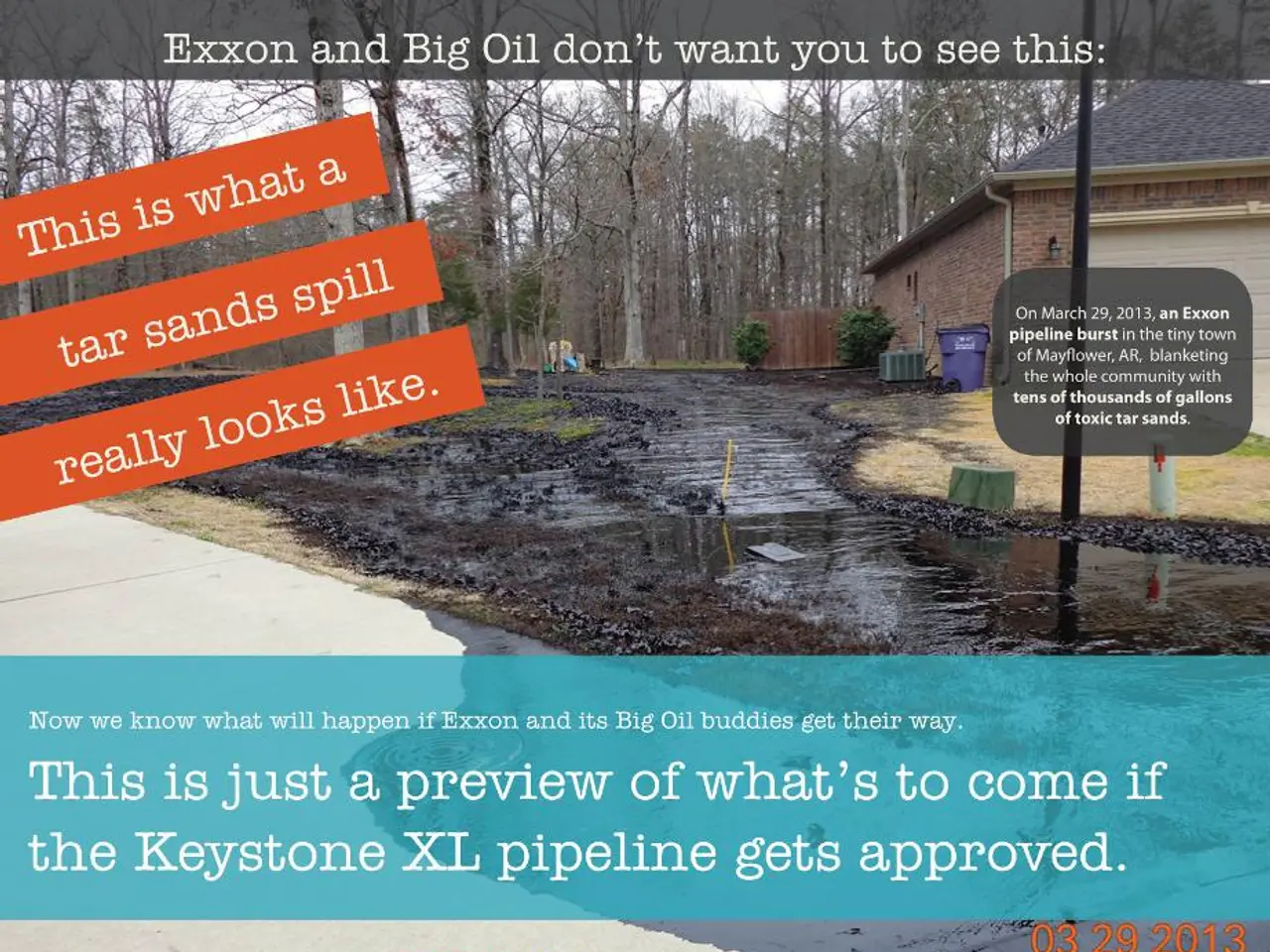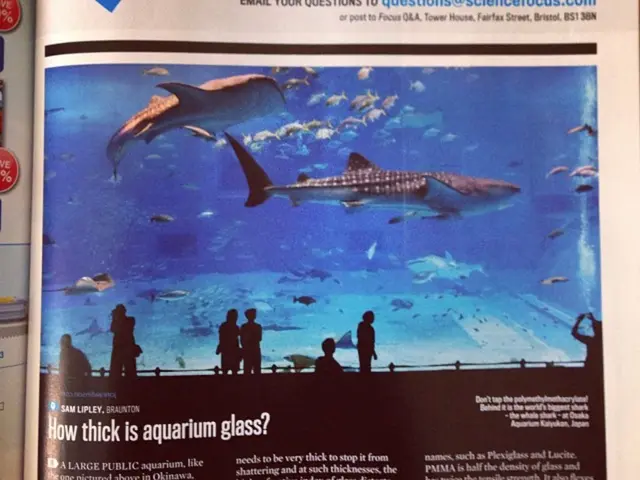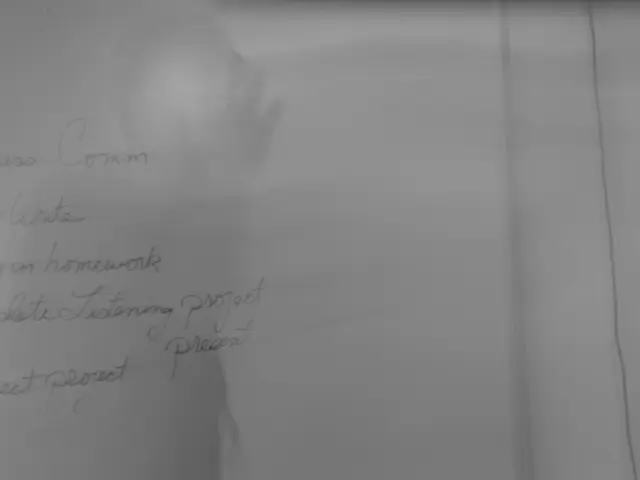USGBC LEED Green Associate: Keeping Tabs on Construction Waste Management Plan Obligations
In the realm of sustainable construction, a key focus is on minimizing waste and promoting environmentally friendly practices. One essential aspect of this approach is the creation and implementation of a Construction Waste Management Plan (CWMP).
A CWMP is a document that outlines strategies for managing waste generated during a construction or demolition project. The primary objective of this plan is to divert a significant portion of construction and demolition waste from landfill disposal, thereby reducing environmental impact.
For LEED (Leadership in Energy and Environmental Design) projects, the CWMP is a crucial component. According to LEED v4, projects must aim to divert at least 50% or 75% of construction and demolition waste (by weight or volume) from disposal in landfills or incineration facilities. This diversion can earn one or two points, respectively, towards LEED certification.
The CWMP details methods for reducing, reusing, recycling, or disposing of construction and demolition waste. It may document the diversion of materials to recycling facilities, salvage yards, donation centers, or reuse on site. The volume or weight of materials diverted from landfills or incinerators is a key component to track in a CWMP.
It's important to note that the CWMP does not track the number of dumpsters used, site soils reused on the site, or the amount of post-consumer recycled content. These are separate, but equally important, sustainable practices. Similarly, the amount of post-consumer recycled content is not related to a CWMP, as it refers to the percentage of material in a product that was previously used by consumers and diverted from landfills or incinerators before being incorporated into a new product.
Preparing for the LEED Green Associate Exam can involve understanding the requirements for CWMPs. A successful CWMP will maximize the amount of demolition and construction debris that gets recycled, salvaged, or otherwise diverted from being sent to landfills or incineration facilities.
The CWMP is designed to minimize the environmental impact of construction and demolition activities, making it a relevant and important tool for LEED projects, which aim to promote sustainable building practices. By tracking and recording the weight or volume of all diverted materials, projects can ensure compliance with LEED requirements and earn potential points for waste management.








